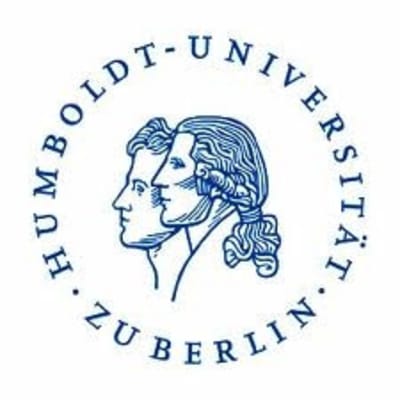
Humboldt-Universität zu Berlin

Introduction
The Humboldt University of Berlin (German: Humboldt-Universität zu Berlin) is one of Berlin's oldest universities, founded in 1810 as the University of Berlin (Universität zu Berlin) by the liberal Prussian educational reformer and linguist Wilhelm von Humboldt, whose university model has strongly influenced other European and Western universities. From 1828 it was known as the Frederick William University (Friedrich-Wilhelms-Universität), and later (unofficially) also as the Universität unter den Linden after its location. In 1949, it changed its name to Humboldt-Universität in honor of both its founder Wilhelm and his brother, geographer Alexander von Humboldt. In 2012, the Humboldt University of Berlin was one of eleven German top-universities (also known as elite universities) to win in the German Universities Excellence Initiative, a national competition for universities organized by the German Federal Government.
The first semester at the newly founded Berlin university occurred in 1810 with 256 students and 52 lecturers in faculties of law, medicine, theology and philosophy under rector Theodor Schmalz. The university has been home to many of Germany's greatest thinkers of the past two centuries, among them the subjective idealist philosopher Johann Gottlieb Fichte, the theologian Friedrich Schleiermacher, the absolute idealist philosopher G.W.F. Hegel, the Romantic legal theorist Friedrich Carl von Savigny, the pessimist philosopher Arthur Schopenhauer, the objective idealist philosopher Friedrich Schelling, cultural critic Walter Benjamin, and famous physicists Albert Einstein and Max Planck. Founders of Marxist theory Karl Marx and Friedrich Engels attended the university, as did poet Heinrich Heine, novelist Alfred Döblin, founder of structuralism Ferdinand de Saussure, German unifier Otto von Bismarck, Communist Party of Germany founder Karl Liebknecht, African American Pan Africanist W. E. B. Du Bois and European unifier Robert Schuman, as well as the influential surgeon Johann Friedrich Dieffenbach in the early half of the 1800s. The university is home to 29 Nobel Prize winners.
The structure of German research-intensive universities, such as Humboldt, served as a model for institutions like Johns Hopkins University. Further, it has been claimed that "the 'Humboldtian' university became a model for the rest of Europe [...] with its central principal being the union of teaching and research in the work of the individual scholar or scientist."
Locations
- Berlin
Humboldt-Universität zu Berlin Unter den Linden 6 , 10099, Berlin